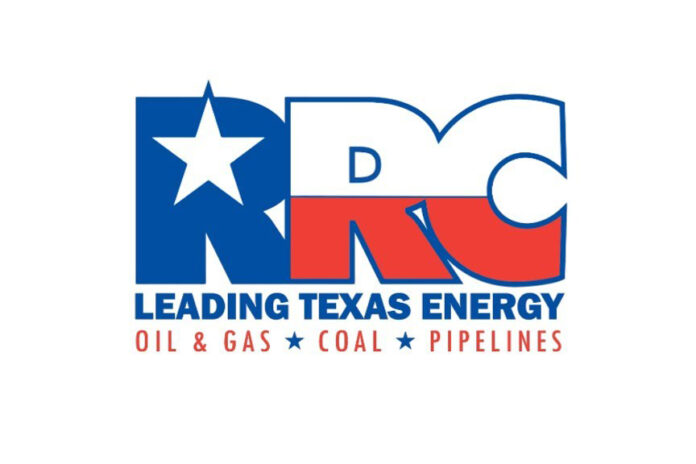Texas Railroad Commissioner Jim Wright said Wednesday that Tuesday’s two big earthquakes had heightened his apprehension that saltwater disposal wells of area companies were the culprits.
“I had inspectors go out last night to observe the pressures on a lot of those wells to see if there were any fluctuations and they’re going again today to measure the volumes compared to six weeks ago when we put in our notice to operators to limit injections in that area to 10,000 barrels a day,” Wright said in a phone interview from Austin.
“We may consider more of an emergency order because we are very concerned about those earthquakes and the people out there. We’re going to make dang sure the operators are doing everything they can to curtail that.”
The U.S. Geological Survey reported that quakes of 3.4 and 3.6 on the Richter Scale shook houses and businesses in Odessa and Gardendale a few minutes before 5 p.m. and then 10 minutes later Tuesday. Their epicenter was 5.5 miles north-northeast of Odessa from a depth of five miles.
Another quake was felt at 4:07 p.m. Wednesday. According to the U.S. Geological Survey website, it was a 3.2 magnitude temblor, 5.59234 miles south-southeast of Gardendale at a depth of 4.8467 miles.
Odessa oilman Kirk Edwards said Wednesday that three wells operated by Oilfield Water Logistics on the Parks Bell Ranch, one of whose RRC permit had expired, were the likely earthquake culprits.
A call seeking comment to OWL was answered by a woman who hung up.
OWL and Parks Bell Ranch were not among the companies to receive the RRC’s Sept. 23 request to reduce their injection volumes. Those were Fasken Oil & Ranch, Rattler Midstream Operating, COG Operating, Occidental Petroleum, Pioneer Natural Resources and Wasser Operating.
Spokesmen for Fasken Oil & Ranch, Rattler Midstream and COG Operating all said last week that they were compliant. Occidental Petroleum, Pioneer Natural Resources and Wasser Operating didn’t respond to press inquiries last week either.
“Through my knowledge of the oilfield, I only see three injection wells in that epicenter and they are all operated by OWL directly adjacent to the Parks Bell Subdivision on the north side of Highway 191,” Edwards said. “They should immediately shut down those wells without any further disposal because this is a public safety issue.
“We’ll be extremely lucky if we don’t see any damage to property or threats to people’s health. Men are working on a scaffold on a four-story apartment complex near my office and they could have easily been rattled off that yesterday.”
Wright also addressed the Electric Reliability Council of Texas’s ability to avert another statewide power blackout like last February’s.
Asked if there could be a repetition of the blizzard-induced blackout of last Feb. 13-17, Wright said it would have been less likely if a section of the new Senate Bill 3 hadn’t been deleted.
Addressing the power grid failure that knocked off electricity and caused 700 deaths, SB 3 requires power generators to be weatherized and for generators and transmission lines to be upgraded to make them better able to withstand severe conditions with mandatory inspections and fines of up to $1 million for non-compliance, among other measures. An emergency alert system will alert citizens of impending bad weather and power outages.
Wright said the bill’s deleted Section 13 would have required wind and solar companies, which are guaranteed a minimum of 20 percent of the state’s power generation business, to pay for replacement power from other sources when the grid got overburdened. “The wind doesn’t always blow and the sun doesn’t always shine,” he said.
State Sen. Kel Seliger of Amarillo said in mid-August that Texas needed 80,000 megawatts of generating capacity but only had 70,000.
The state’s 92 utility companies are supplied by the nuclear power stations in Matagorda and Somervell counties, 14 coal and lignite plants, 50 natural gas-powered plants, five biomass plants, 12 hydro-electric dams, 31 solar farms and 77 wind farms.




